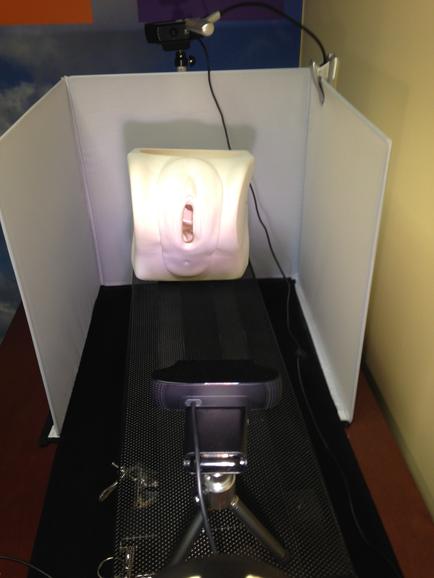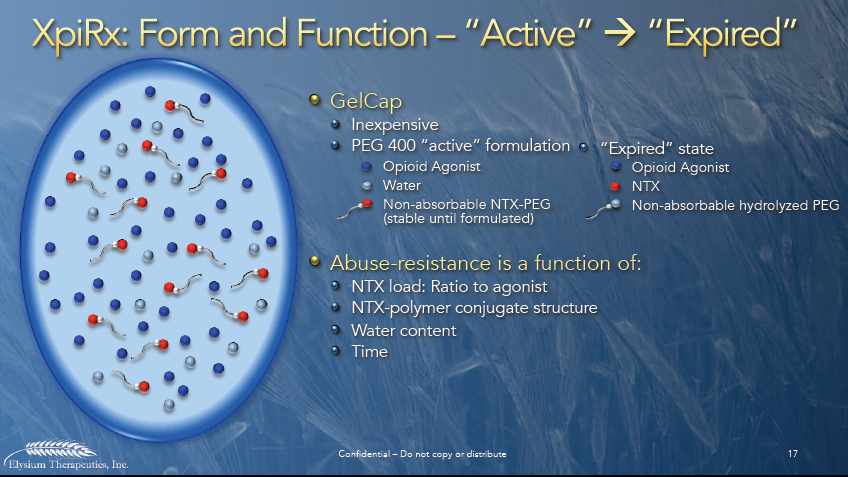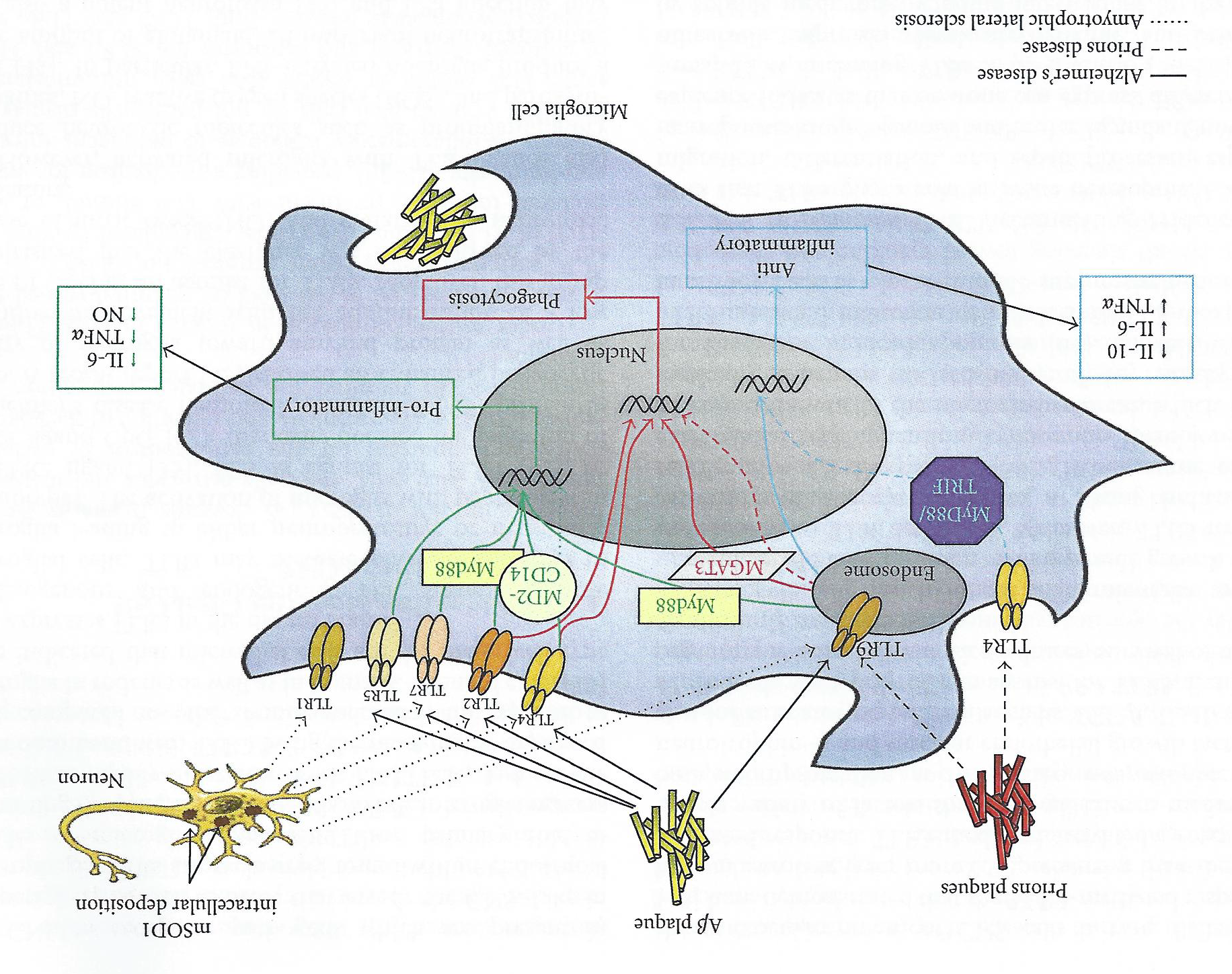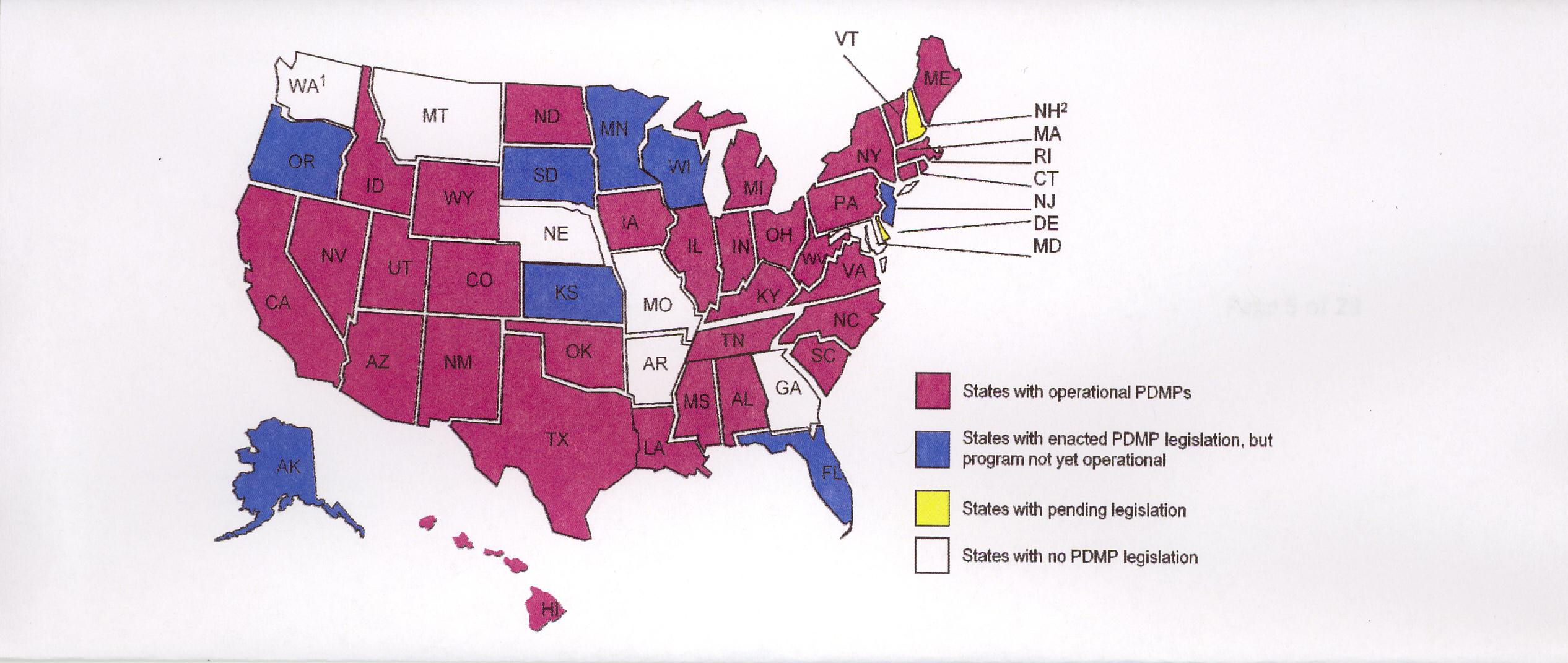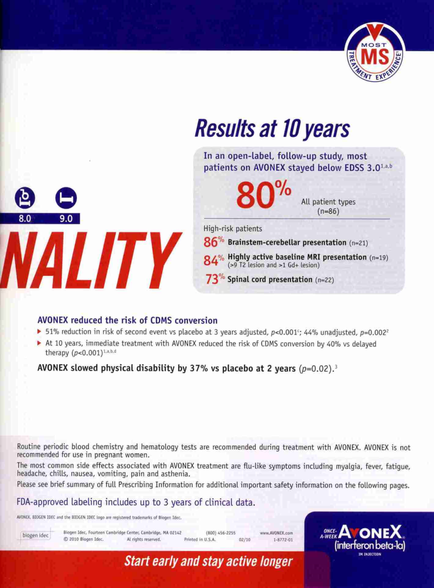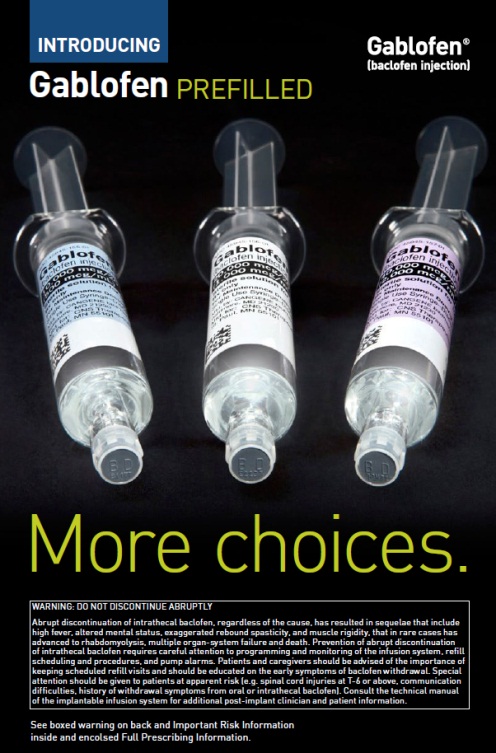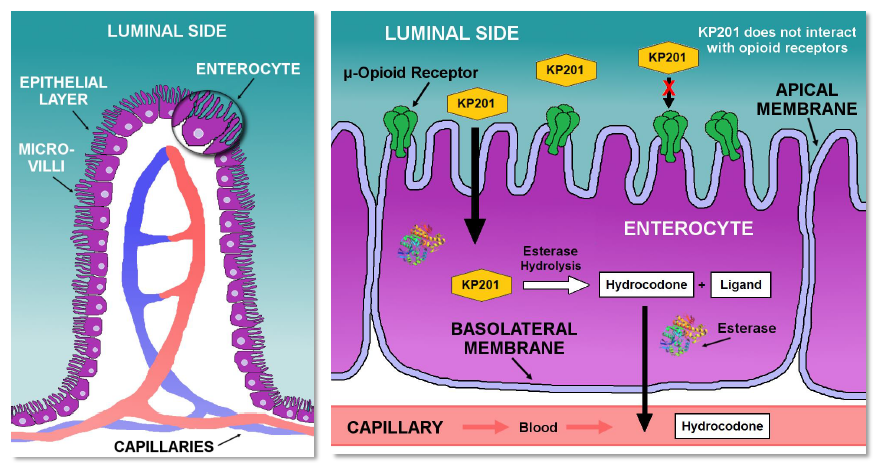
Title
A cross-section of a cell membrane which is a type of epithelial membrane. On the left side of the image there is a diagram of the epithelial layers of the cell membrane. The epithelial layer is labeled as "Luminal Side" and is located in the center of the membrane.
On the right side there are two illustrations. The first illustration shows the entrance of the enterocyte which forms a membrane that separates the cell from the rest of the body. The membrane is made up of a series of cells including the capillaries and blood vessels. The cells are arranged in a circular pattern with the capillary at the bottom and the blood vessels at the top.
The second illustration shows an epithelial receptor which does not interact with the opioid receptors. This receptor is responsible for the opening and closing of the cells allowing the cells to enter and exit the cells. The opioids are responsible for releasing and releasing the cells into the body allowing them to enter the cells and release them into the bloodstream. The image also shows the presence of a capillary and a blood vessel which help to regulate the flow of blood and other nutrients in the cell.
Category
Source 1 of 3
-
Date
2014
Collection
-
Date
2014
Collection
-
Date
2014
Collection
We encourage you to view the image in the context of its source document(s) and cite the source(s) when using these images. However, to cite just this image alone, click the “Cite This Image” button and then paste the copied text.
